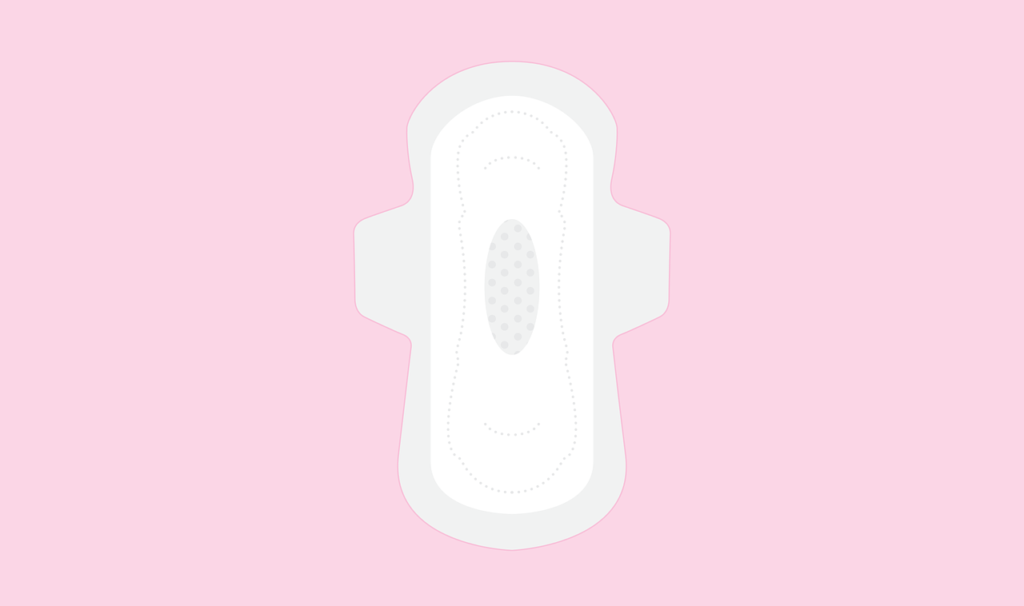A strange story about Indonesian youths finding a interesting “new” way to get high made the rounds in November 2018: taking sanitary pads, boiling them into a soup, and then drinking the ensuring slurry after it cooled. The pads, the story helpfully assured us, could be either new or used, and that diapers could also do the trick (although oddly, no mention was made of tampons):
A pad is removed from its wrapper and boiled for about an hour, after which the water is cooled.
The sanitary product is squeezed into the container, after which the water is drunk, he told Pos Belitung.
Describing the resulting beverage as ‘bitter’, he told the newspaper he and his friends drink it ‘morning, afternoon and evening’.
The newspaper also reported that nappies had been used to achieve the same ‘legal high’ drink.
There are indeed reports of this out of Indonesia. One story quoted a Senior Commander Suprinarto, head of the Central Java chapter of the National Narcotics Agency, who said the chlorine in the boiled mixture causes hallucinations and a sensation of floating or flying — but despite what more recent stories are reporting, this has apparently been going on for some time:
“The used pads they took from the trash were put in boiling water. After it cooled down they drank it together,” Suprinarto said, as quoted by kompas.com.
Jimy Ginting, an advocate for safe drinking, said that it was not a new phenomenon.
In 2016, groups of teenagers in Belitung, Bangka Belitung Islands, and Karawang, West Java, did the same.
“I don’t know who started it all, but I knew it started around two years ago. There is no law against it so far. There is no law against these kids using a mixture of mosquito repellent and [cold syrup] to get drunk,” Jimy told The Jakarta Post on Saturday.
This does appear to be a legitimate phenomenon as covered by Indonesian news agencies among youths seeking a new way to get high, but it is not clear how widespread it is or whether it actually works (and we don’t recommend trying it out for a variety of extremely good reasons.)
Chlorine is a naturally occurring element used broadly as an all-purpose disinfectant because of the ease with which it kills germs. It is not harmful when it is heavily diluted — in fact, it is used to purify drinking and swimming water, but can be quite dangerous in higher quantities. Chlorine bleach is also used to lighten and whiten fabrics by the same mechanism it uses to purify and disinfect:
How does bleach kill bacteria to disinfect surfaces? It works in something of the same way that heat does to kill germs. Inside a bacteria cell are thousands of protein molecules that are intricately folded. These proteins are essential to a bacteria’s life. Bleach causes these proteins to unfold or to clump together. This clumping is the same kind of thing that happens when you heat an egg — the protein molecules in the egg solidify as they clump together.
If you put bleach in water, it will kill bacteria and tend to lessen anything that might be coloring the water. That’s why chlorinated water is so common in municipal water systems and swimming pools. Tap water might have a chlorine concentration of 1 part per million (anywhere from 0.2 ppm to 4 ppm is legal). A swimming pool can go as high as 4 parts per million for swimming, and can go much higher for shock treatments.
The Centers for Disease Control and Prevention has a rundown of the signs of heavy exposure to the element:
During or immediately after exposure to dangerous concentrations of chlorine, the following signs and symptoms may develop:
-Blurred vision
-Burning pain, redness, and blisters on the skin if exposed to gas. Skin injuries similar to frostbite can occur if it is exposed to liquid chlorine
-Burning sensation in the nose, throat, and eyes
-Coughing
-Chest tightness
-Difficulty breathing or shortness of breath. Thesemay appear immediately if high concentrations of chlorine gas are inhaled, or they may be delayed if low concentrations of chlorine gas are inhaled.
-Fluid in the lungs (pulmonary edema) that may be delayed for a few hours
-Nausea and vomiting
-Watery eyes
-Wheezing
We have not found any reliable references that clarify whether the chlorine in the pads or diapers (if that’s the culprit) can be at all intoxicating, whether the pulmonary edema contributes to the feeling of lightheadedness, or if something else entirely is responsible. We also have not been able to find many reliable sources indicating whether this is indeed a trend or just the work of a few young people in Indonesia who are unusually committed to getting a cheap buzz.
Until more evidence appears one way or another, we rate this story unknown.

